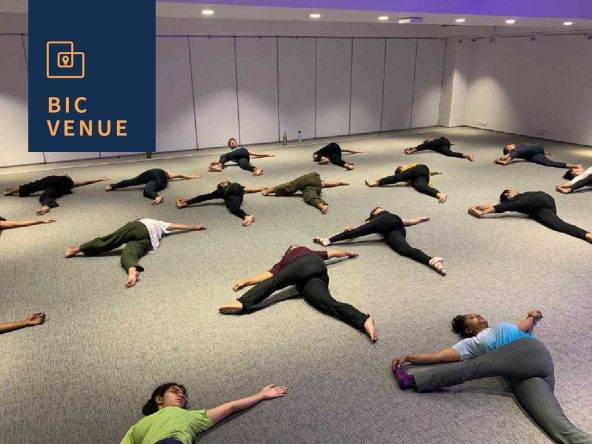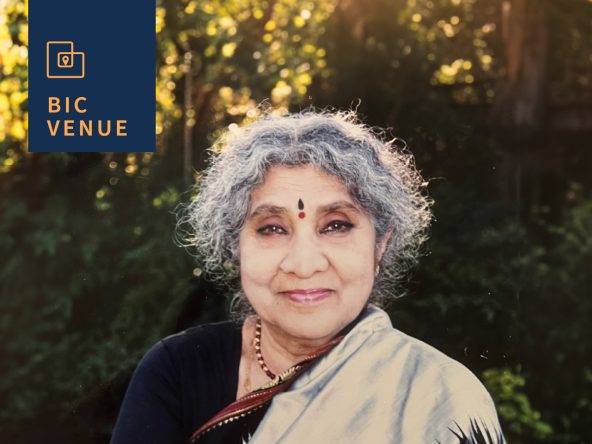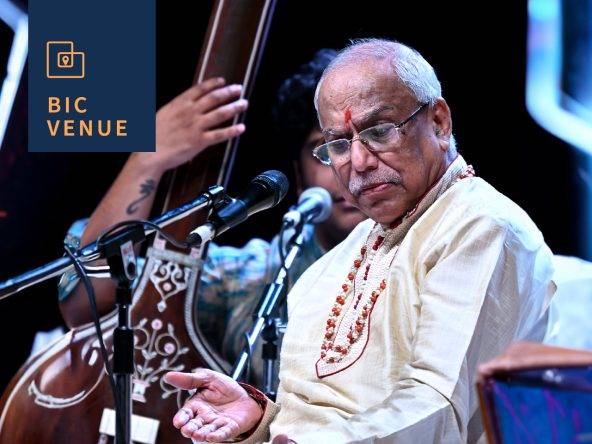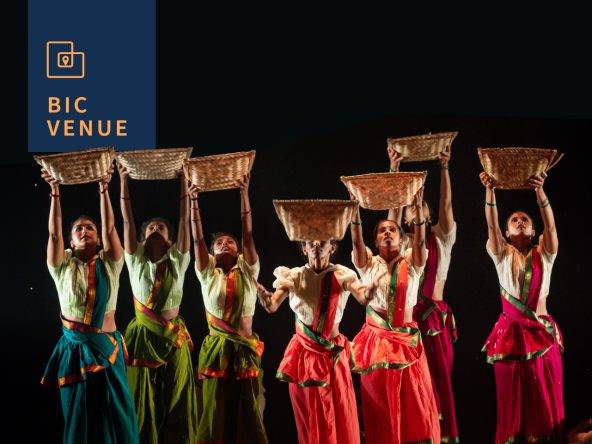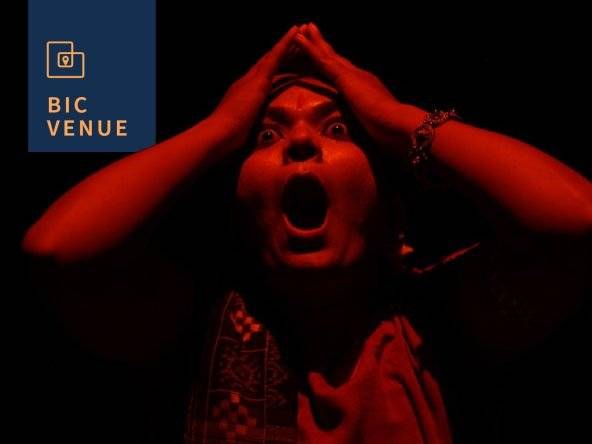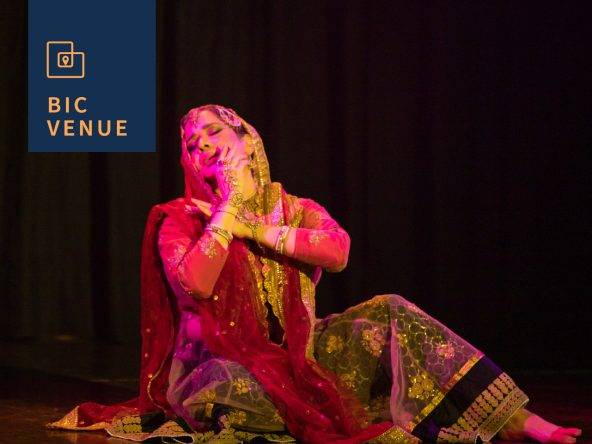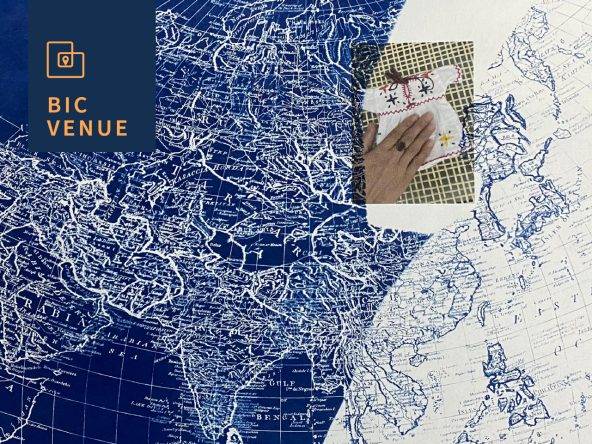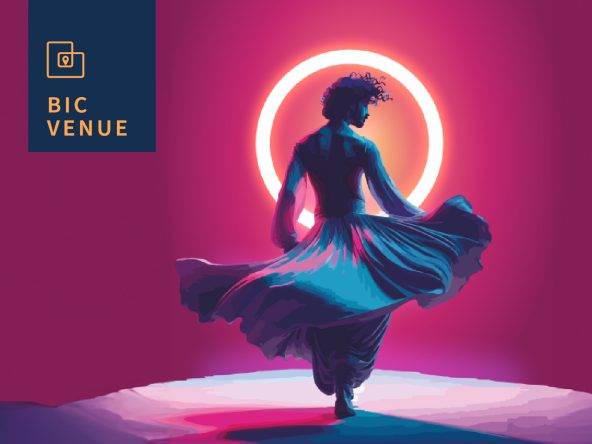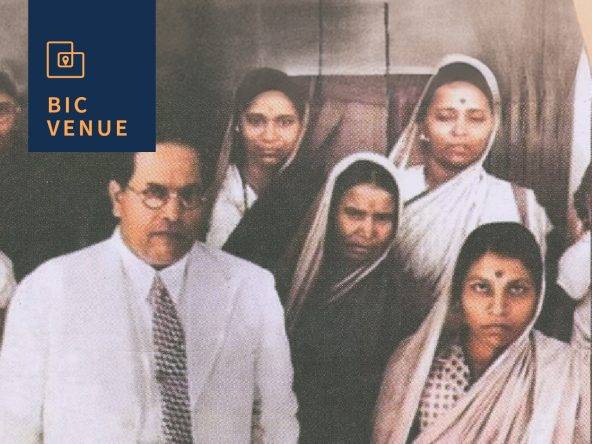Decoding the Language of a Cinematic Polymath - A Girish Kasaravalli Retrospective

Details
May 04 2024 to May 05 2024 11:30 a.m.
EVENT HAS ENDED
Where
Bangalore International Centre
7 4th Main Rd, Stage 2, Domlur 560071
Event Description
A new cinema movement emerged in India in the late 1960s with a proposition for artistic cinema not influenced by any considerations other than creative and aesthetic. The promise of this movement, known variously as “Indian New Wave”, “New Cinema” or “Parallel Cinema” was that conscientious filmmakers would make cinema that would bear the distinct stamp of the creative artist and not that of a studio. In form and aesthetics, the new wave aimed to reject the forms and values of commercial cinema which relied on the stars, the gaudy sets, many irrelevant musical sequences and melodrama.
This movement attracted many young artists who went on to become well-known auteurs. Indian New Wave’s body of work, spanning close to three decades, charted a new course in cinema aesthetics with its zealous attempts to experiment with the language of cinema. At the same time, the new wave auteurs’ steadfast political commitment resulted in a critical examination of the complexities of India’s socio-political realities. It is important to point out that there was no formal process or a formally run operation for this movement. Although the initial impetus to the movement came from the loans provided by the Film Finance Corporation, the passion to make artistic cinema, fuelled by the newly trained filmmakers from the Film and Television Institute of India, spread to different parts of the country.
In the Kannada language, serendipitously, the first artistic attempt to break free from reigning commercial filmmaking practices came in 1970 when Pattabhirama Reddy produced and directed Samskara – at approximately the same time when the Film Finance Corporation was funding what is considered the first three films of the Indian new wave: Uski Roti, Ankur and Sara Aakash. Samskara’s success was followed by a few other experiments by filmmakers such as Girish Karnad, N Lakshminarayan and BV Karanth. But the one auteur who went on to make some of the most influential and groundbreaking films and put Kannada cinema on the world map was Girish Kasaravalli.
Girish Kasaravalli graduated from the Film and Television Institute of India in 1975, and his first film as a Director was Ghatashraddha (1977). In the last 47 years since, Girish’s body of work – 17 feature films and one television series – has critically engaged with the social, political, ideological, philosophical and environmental concerns of the Kannada society and, in a larger sense, of India. Kasaravalli’s films have won him four Golden Lotuses (National Award for best feature film from the Government of India), a Padma Shri and many other awards and recognitions in film festivals across the world. Today, when we have access to a variety of content at our fingertips, it is essential to engage with the work of Girish Kasaravalli and learn his remarkable mastery of the formal, aesthetic and thematic aspects of filmmaking and understand his contributions to film art. In this retrospective of Girish Kasaravalli, we screen six of his films and also have conversations with him and other collaborators after each screening.


